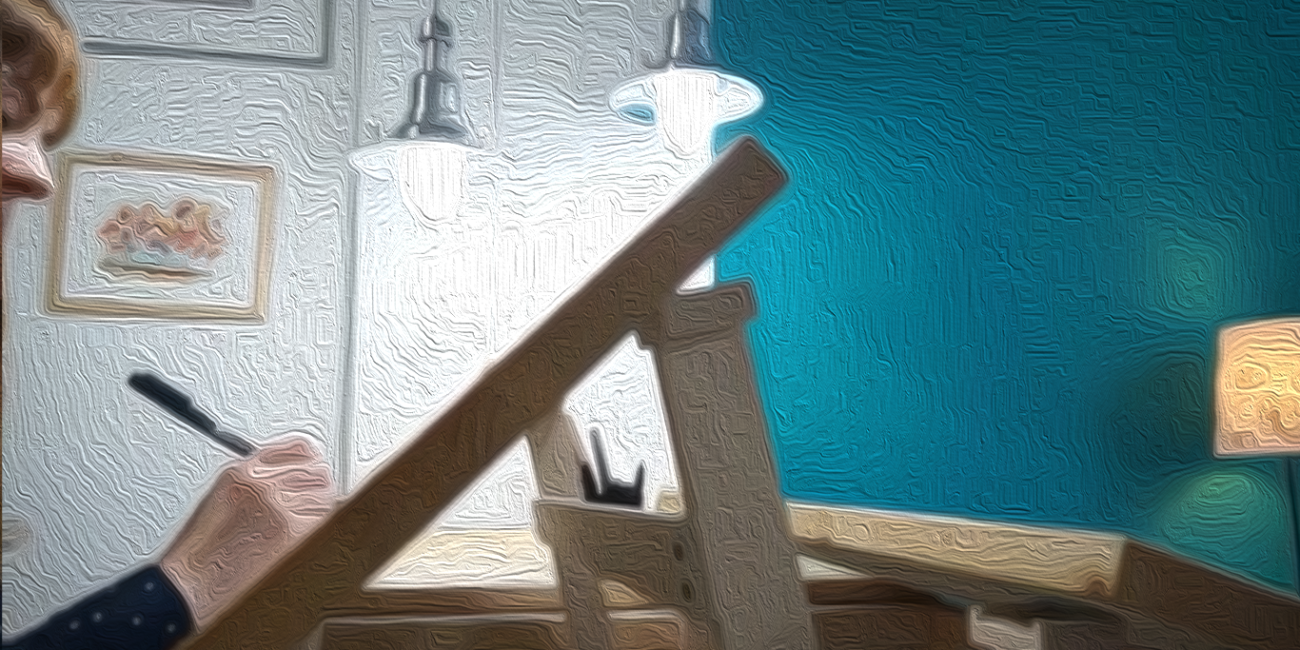Student’s Thoughts.
By A.M- Art and Design Student, CoGC.
Exploring the Interplay Between Art and Design.Insights from a Riveting Conversation.
Recently, I had the privilege of eavesdropping on a captivating discussion between a knowledgeable individual and a group of creative industry students. The topic at hand delved into the nuanced differences between art and design, unearthing profound insights that challenge conventional perspectives.
The conversation highlighted that an artist is a creator-driven by a personal vision and the pursuit of self-expression. On the flip side, a designer emerges as a visual communicator and problem solver, catering to the needs and challenges presented by others. The power of words in shaping our reality became a focal point, emphasising that if dissatisfaction with reality exists, a language change is imperative.
While artists and designers engage in similar creative endeavours, a pivotal divergence lies in their motives. Artists craft to solve their problems, driven by internal motivations. At the same time, designers create solutions for external challenges, often within a commercial context, working with clients who necessitate problem-solving through design.
The discussion unveiled the evolving landscape for artists, drawing a stark contrast between historical dependence on gallery curators as “Queen and King creators” and the contemporary empowerment facilitated by Internet platforms. Today, artists can cultivate their audience independently, reducing the dependence on traditional gatekeepers.
A thought-provoking aspect arose concerning the value of sharing in the creative realm. The idea that “sharing is more powerful than hoarding” underscored the importance of transparently sharing one’s creative process, ultimately building a dedicated following and audience.
The conversation navigated through the digital world, exploring the value of artwork and challenging preconceived notions of who qualifies as an actual client. A resounding conclusion emerged – sharing, and collaboration stand as a potent force, surpassing the antiquated concept of hoarding creative ideas.
The “Big Small” theory added a layer of intrigue, suggesting the power of transforming the scale of ideas to present something familiar in a new light. This concept echoed the belief that, while originality might be elusive, innovation can manifest by reinventing the old in novel ways.
The dichotomy between specialists and generalists was dissected, emphasising the value of expertise and the unique challenges specialists face. The “shiny object syndrome” emerged as a relatable challenge for creative minds, emphasising the perpetual hunger for learning and the consequent struggle with distraction.
The conversation concluded with a valuable lesson on portfolio curation. Quality triumphed over quantity, asserting that a strong portfolio comprises a few meticulously executed, extreme, and conceptual projects rather than an extensive collection of mediocre endeavours.
This dialogue prompted deep introspection as a listener, making me realise my inclination towards the artistic realm. The speaker’s eloquence captivated my attention, and I now find myself eagerly following his talks and conversations, eager to delve deeper into the intriguing intersection of art and design.
I trust that by sharing my experience and insights as a creative student, whether in art, design, or the intersection of both, others navigating similar paths may find valuable guidance. Embracing the challenges, celebrating the victories, and recognising the evolving nature of the creative process are critical elements in the pursuit of excellence. As we explore our artistic identities, this collective exchange of experiences may inspire and empower fellow students to embark on their own unique and fulfilling creative endeavours. Remember, the journey is as enriching as the destination, and each stroke of creativity contributes to the masterpiece of one’s artistic growth.




